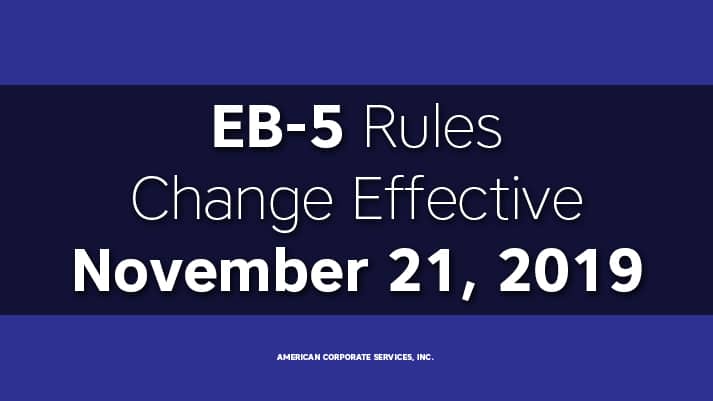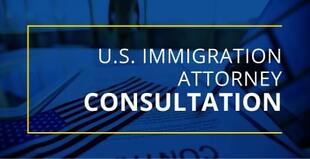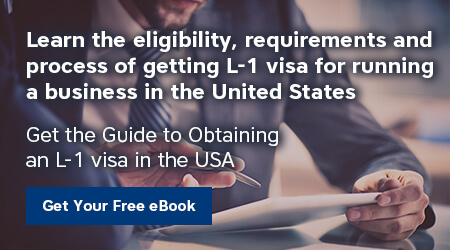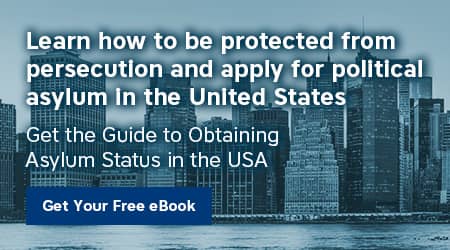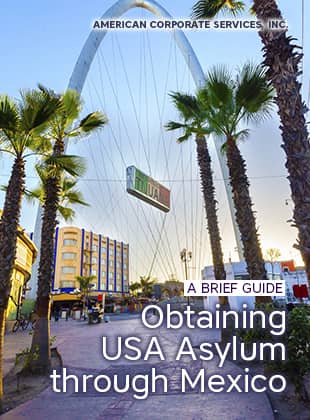After several years of unresolved congressional debate over the EB-5 Investment Immigration Visa program, the Department of Homeland Security has exercised its option to amend the rules within its department’s oversight.
The 239-page Final Rule posted in the Federal Register on July 24, 2019. The revised rules will take effect on November 21, 2019.
Questions are sure to arise at some points within 239 pages of documentation. Nonetheless, for now, we know that there are four significant changes to the EB-5 program.
The Standard and Minimum Investment Amounts
The original standard investment amount at the program’s inception in 1990 was $1 million. The standard investment has remained constant without any consideration for inflation for more than 25 years. The minimum investment, allowed when participating in a project located in Targeted Employment Area (TEA), has been $500,000, one-half of the standard investment. The changes effective November 21 are:
| Current | New | |
| Standard Investment | 1 000 000 $ | 1 800 000 $ |
| Minimum Investment | 500 000 $ | 900 000 $ |
The rule keeps the minimum investment at one-half the standard investment and will maintain it at one-half in perpetuity, notwithstanding future rule changes.
The rule also calls for automatic adjustments for inflation every five years. Future changes will be made based on the value of the U.S. dollar in 1990 when the program commenced.
The Definition and Creation of Targeted Employment Areas
The Department of Homeland Security (DHS) will be the sole determiner of what may or may not become a Target Employment Area (TEA). The DHS will follow determinants contained within the new rules.
Heretofore, individual states could determine TEAs. The practice of combining census tracts became common. While that played to the advantage of the different states, it created inconsistencies across the country. The DHS expects to restore consistency and to adhere more closely to the initial intent for a TEA.
The Retention of Priority Dates
Some pending EB-5 petitions may need to be resubmitted. For instance, this might occur where the original application was linked to a project associated with a Regional Center that has closed.
Generally, petitioners who must refile will be allowed to retain their original priority date and so as not to lose their place in the processing queue.
The Removal of Conditions for Permanent Residency
Family members included in the investor’s petition will continue to be processed simultaneously. Under the new rule “certain other” derivative family members will be required to file their own individual petitions for removal of conditions.
What Should Interested Investors Do?
Each individual investor’s circumstances are unique. For many, it may mean filing for EB-5 status should be undertaken ASAP to keep the investment at a minimum. For others, the amount of the investment may not be a primary concern.
Contact us at ACS Inc., for a FREE initial EB-5 consultation. Based on the relevant details of your case, we will help you determine the best course of action for you and your family.
Immigration Attorneys at ACS Inc. Firm, and our entire staff are prepared to assist in answering your questions about the new EB-5 rules.

